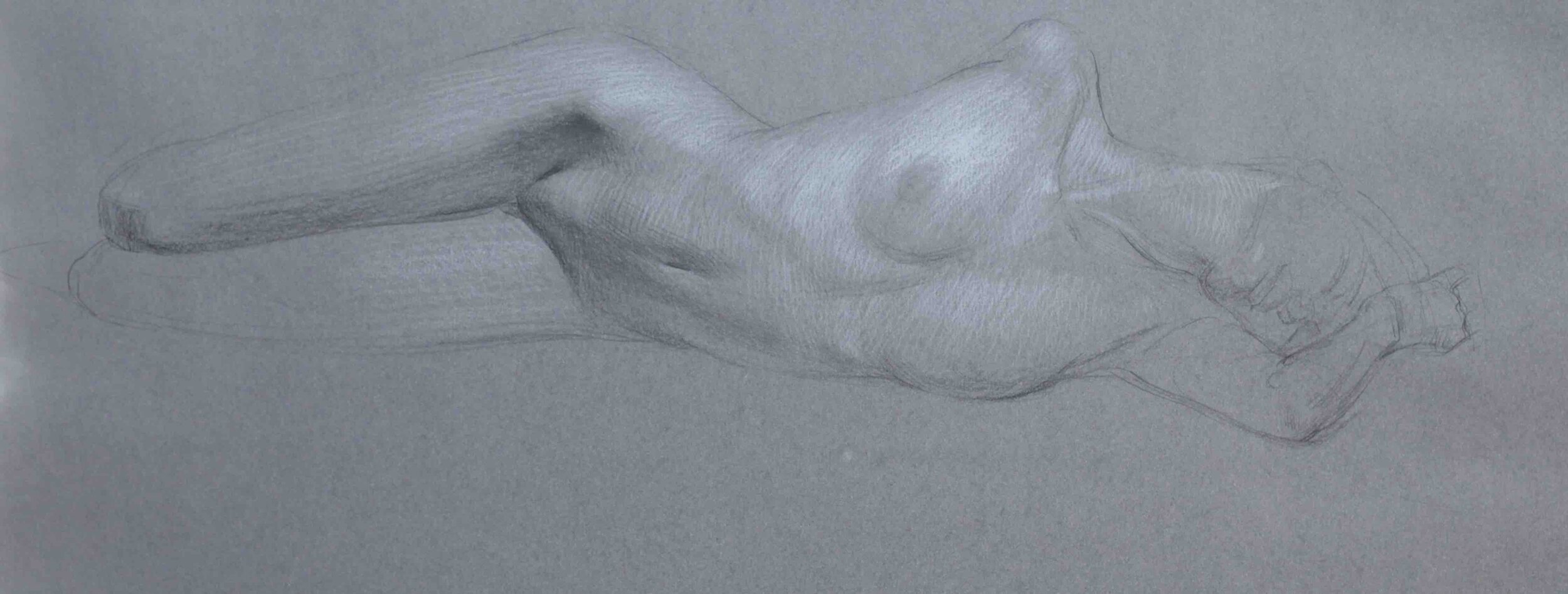You might have seen on social media the #kitschified campaign recently. This is something that originated with Norwegian painter Odd Nerdrum, and he is one of the painters that I admire most - of this or any other time. So I have some sympathy for this movement, which you can read about at https://kitschified.info/ if you’re not already familiar. However, I don’t agree with all the conclusions here, so I thought I would articulate how I think about this topic.
While I remain uncertain whether the term "Fine Art" ought to be abandoned (it can, at the very least, continue as a useful label to subsume plastic disciplines), I do know that the delineation of Art Vs Kitsch has helped me to navigate my way in my own practise, or more precisely helped me to not lose my way in certain respects. I see the reclamation of the term Kitsch as a defence against many errors that I have made, and probably would have continued to make, due to the pressures from the mainstream art world. Like racial and sexual preference slurs embraced by the victims, it makes a point of pride out of that which has been previously demeaned. When Kitsch is understood as the inclination towards the Classical, an impulse besieged through most of the 20th century, it says: "Yes, I am sincere, even if it makes me vulnerable to the attacks of irony. Yes, I want to make something that will bring deep enjoyment and inspiration to an intelligent layperson, not only please a cultural elite. Yes, I care about human beings and I have empathy for our foibles, admiration for our strength to endure, and capacity to grow psychologically, not only criticism for our corruption. Yes, the yearnings of the soul matter, just as the needs and wants of the body here on earth can be good and wonderful - the subjective human experience matters. Yes, I am going to be dramatic, even at the risk of being melodramatic - because underneath the ordinariness of day to day life, to be born a human, to live and learn and struggle and love and die is, in the end, pretty damn dramatic - and I'd rather err on that side than be too cautious and not do it justice."
Let us suppose that one shares, roughly, the sentiment above, ambition might well dictate the desire to be seen in contemporary museums and high profile cultural events, such as the Venice Biennale. Yet the values held in these places are often very much at odds with the original impulse described above. It is easy to get caught up in trying to fit in and the desire to be legitimised by the art world, and thus to become confused and drift away from the original calling. I know that I have, and I have seen this effect in others. I have been to museums all around the world and I know the type of experience to expect in the contemporary museum: a kind of Disneyland for educated adults - a little bit of short lived "huh, clever", a dash of irony, a little bit of cheap shock, something intentionally poorly executed, or perhaps executed by a talented sub-contracting craftsperson at the direction of the Artist, and a nod to certain fashionable political views. Perhaps even some knowing winks to market manipulation. The genius present in the works of a contemporary museum is often in the way that these things can be massaged together to fit in with the requisite vibe, not in the works themselves - a culturally self-referential involution. I expect to be entertained for a short while, to not particularly want to return, and to probably leave a bit deflated and bored. Not all contemporary art is like this, and there is some very well crafted and stimulating work made. But the specific absence of things that could be truly compared in ambition to a Michelangelo, and the shrill need for newness at any cost is hardly going to be beneficial for those of us whose original impulse is to measure our progress by the standard of the Old Masters.
So I think of it this way: Kitsch as a reclaimed title points to the legitimacy of the the impulse towards the Classical: the work of the plastic imagination in articulating and exploring the human condition. No punches pulled, no concern of being too similar to the giants whose shoulders we stand on - I will use anything I can find to create the depth I am looking for. Kitsch is not so much a label I place on myself, as a subversive north star (fits in your pocket when to go to the museum), and a reminder of a slippery dynamic be forgotten at your peril.


































































































